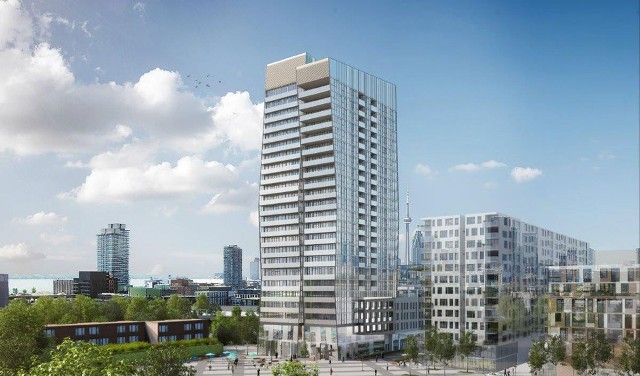There’s a problem in the urban development of many major cities across North America (both in Canada and in the United States alike), and it’s an issue that’s been present for a number of decades now – this issue is urban sprawl. Urban sprawl, or suburban sprawl, is the term that defines the expansion of cities away from central urban areas and into rural, previously remote areas. As many already know, particularly urban planners, urban sprawl has, and continues to be, an enormous threat to the environment on many levels. Not only does it threaten natural animal habitats, as well as threaten agricultural land, the long-term trend of people moving outward instead of upward also takes an enormous toll on resources. Longer commute times, higher density of traffic, the need for more roads – all these are consequences of urban sprawl and all of these are factors motivating urban planners and city leaders to try to increasingly find ways to slow the trend of urban sprawl.
“Build upward instead of outwards,” says Toronto developer Jim Neilas. “Focus on renewed development and revitalization in city centres,” Neilas adds. Jim Neilas is one of the more active condo and loft developers in the Greater Toronto Area. For the past ten years, he and his firm, Neilas Inc., have been focused on bringing new life to the city’s urban areas through the development of uniquely modern properties. Neilas also happens to be open about his views on urban sprawl and about those in the city leadership who in the past have chosen to enforce density and building height constraints.
Like in many cities, the history of Toronto’s urban planning is fairly complex. For many years, the dominant philosophy in city leadership when it came to urban planning centred around the idea of maintaining the signature look and feel of each of the city’s major neighborhoods. That often meant placing height and density restrictions on new developments, which, in turn, created a negative impact on curtailing Toronto’s urban sprawl.
Slowly, however, things are beginning to change. “The urban areas of the city are where people, especially those of a younger generation, now want to be,” says Jim Neilas. “It’s where Toronto’s energy and vitality is.”
Increasingly, city developers, as well as city leadership, are helping to accelerate the rise in popularity of urban areas. Fresh, new properties continue to appear in urban Toronto and a focus on adding to the number of mixed-used spaces in the city continues to grow.
“Creating more mixed-use properties should be a fundamental and driving initiative for the city,” continues Neilas. “It adds to the feeling of community in the city’s urban neighborhoods and the simple fact is, mixed-use developments make incredibly efficient use of space.”
Indeed, he and Neilas Inc. are leading the way in creating more mixed-use properties in the residential market. In Little Italy, Neilas Inc.’s Cube lofts, for example, has a street-side front on the ground floor that is given over to retail. And Neilas Inc.’s Stage East Lofts condos in Leslieville, which is currently in development, will also have a ground floor devoted to retail once completed.
“Neilas Inc. is looking forward to further invigorating Toronto’s urban areas, neighborhoods like Little Italy and Leslieville,” says Neilas. “And we’ll do that by continuing to create innovatively designed buildings that make as efficient use of space as possible.”
